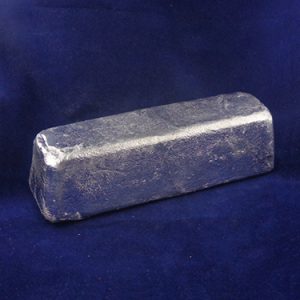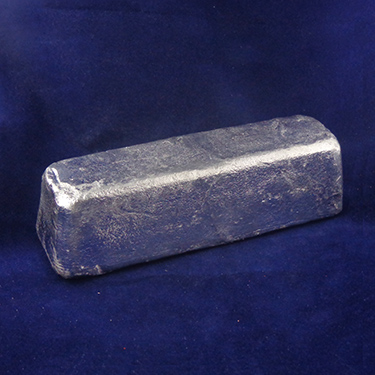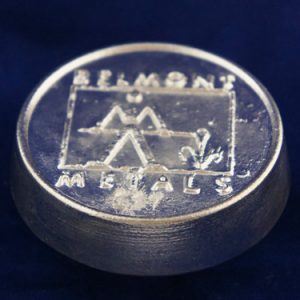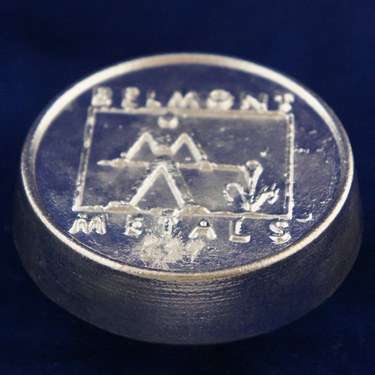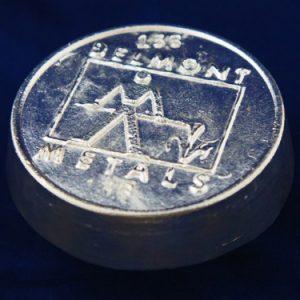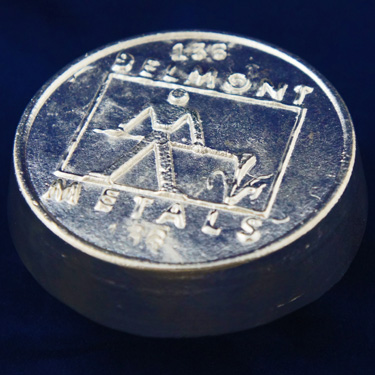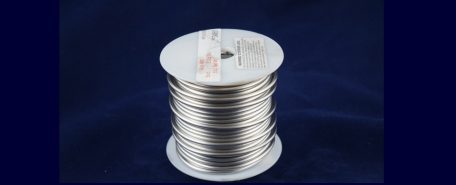Low melting alloys are commonly used throughout the manufacturing process to help create products or placed inside of products for a specific function. These alloys melt and flow at very low temperatures depending on the composition of the base metals and additive metals. A common low melting base metal may consist of bismuth at higher…
Featuring 99.99% Indium and Indium-Based Low Melting Alloys
Indium was discovered by the German chemists Ferdinand Reich and Hieronymus Richter in 1863. Reich and Richter had been looking for traces of the element thallium in samples of Zinc order, when they saw a brilliant indigo line in the sample’s spectrum which revealed the existence of Indium. Indium is about as abundant as silver but is much easier to recover since it typically occurs along with Zinc, Iron, Lead, and Copper ores.
Indium has a wide range of uses: as a thin alloy layer in high performance bearings, in the electronics industry it has been widely used to manufacture flat screen televisions. It is used as a component of transistors and in computer equipment; in low melting point alloys and in solders. Some of these low melting point alloys are used for glass lens grinding and polishing, and as plugs for fire sprinkler systems. Indium is also used as catalysts and in the purification for the manufacture of certain organic chemical products, particularly man-made fibers. The metal also has many minor uses in research and laboratory techniques.
Read More
Showing all 5 results
Featured products
RELATED POSTS

Benefits of Minor Metals for Your Manufacturing Business
Using minor metals from Belmont Metals in Brooklyn, NY can greatly improve your manufacturing process. These metals are often added to master alloys to improve certain desirable properties. For example, electrolytic manganese is often added to steel, aluminum and copper master alloys in order to increase the metal’s ferromagnetic properties. Types of Minor Metals and…

